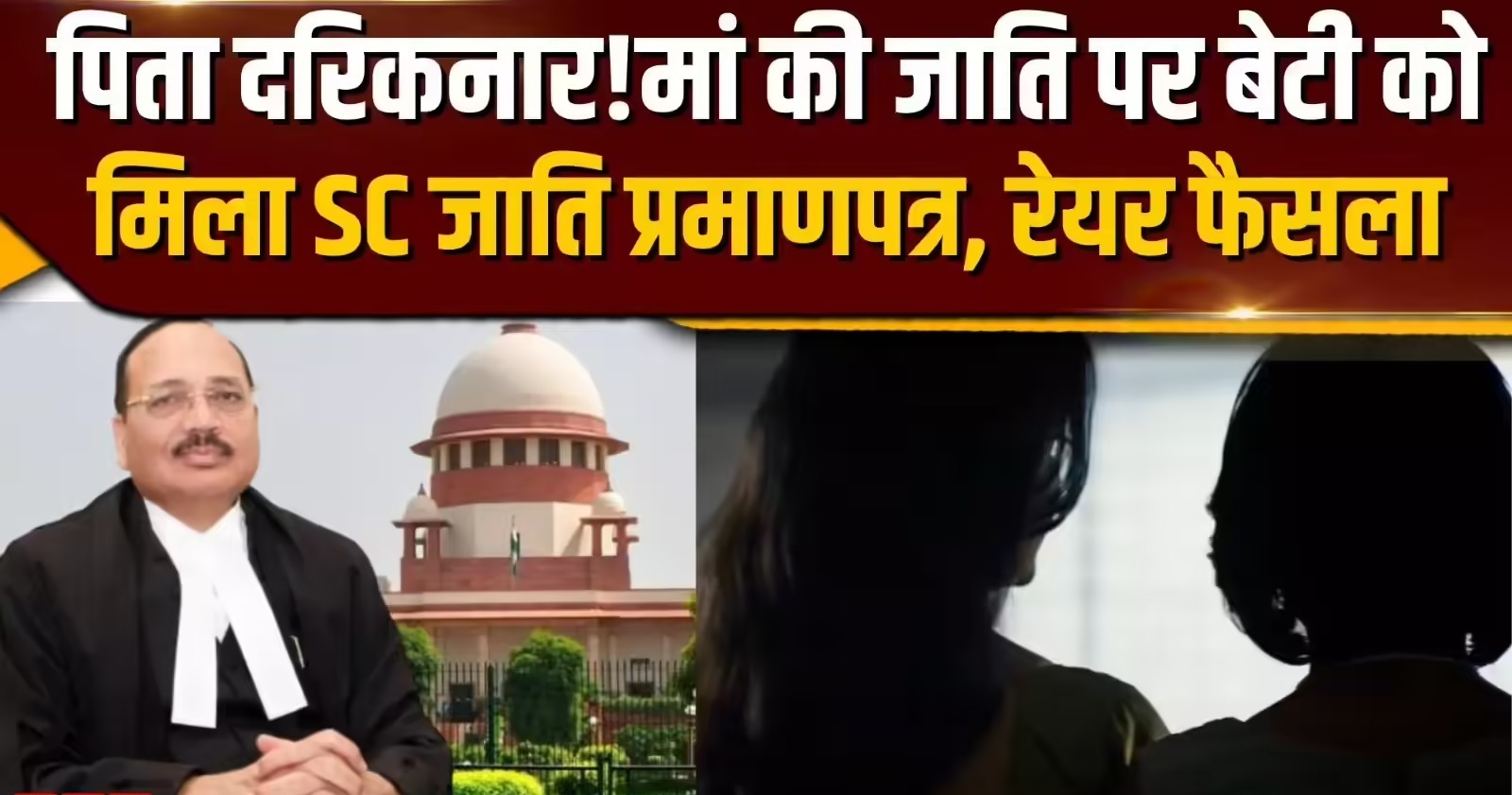Thadani, C.J.@mdashThis is an appeal by four convicted persons, Brijlal Goala, Janak Gosai, Munshigir and Sibgir who have been convicted by the learned Assistant Sessions Judge, U.A.D., u/s 395, Penal Code at a trial held with the aid of a jury and each sentenced to undergo rigorous imprisonment for 5 years.
2. The ease for the prosecution was that soon after midnight of the 18.1.1950, a dacoity occurred in the house of one Harihar Gowala. Harihar Gowala and his wife, Mt. Janki Gowalani, and a younger son Premlal and their daughter Fuleswari were sleeping in the middle room of the house. Their eldest son Satyanarayan was sleeping in the southern room. Shortly after midnight, 2 Harihar heard a noise. When he woke up, he found five men inside the house with a torch focussed upon him. According to Harihar, these men were armed with a knife and dao. One of the dacoits is said to have struck Harihar with a knife and asked for money and ornaments from him. Some of the dacoits injured Harihar''s wife and demanded money and other property from her. Harihar and his wife entreated the dacoits to save their lives and asked them to take away all the paddy in their house. The dacoits broke open the box, removed cash, ornaments and clothes belonging to Harihar and his wife and disappeared.
3. The following morning, Harihar sent one of his sons to call neighbours. One Bodon Barua, Rama Kharia and Subudh Barua visited the scene of the offence in the morning and found injuries on the persons of Harihar and his wife. It is said that Harihar and his wife told the neighbours that they could recognise appellant Janak from among the dacoits and that they would recognise the remaining dacoits if they saw them again. The following day at 9-30 A.M., information of the offence was lodged at the Police Station. On completion of the investigation, the appellants were sent up for trial.
4. Mr. Ghose, who appears for the appellants has contended that there has been misdirection and non-direction on a number of material points in the summing up of the learned trial Judge, misdirection and non-direction which have resulted in an erroneous verdict of the Jury, Mr. Ghose has pointed out that the learned Judge while telling the Jury what constitutes proof within the meaning of Section 3, Evidence Act omitted to tell the Jury when a fact is said to be disproved or not proved. We do not think that this species of non-direction can be properly regarded as having resulted in an erroneous verdict nor do we think there is any material misdirection or Mon-direction in the summing up when the learned Judge merely recorded the fact that the law on the subject was explained to the Jury without stating what he said to the Jury, having regard to the summing up as a whole. Mr. Ghose has drawn our attention to another passage at p. 55 of the Paper Book in which the learned Judge told the Jury:
Before finding the accused guilty u/s 395, Penal Code, you must be satisfied on the following points: That there were five or more persona concerned in the occurrence....
5. Mr. Ghose points out that the gravamen of the offence u/s 395 (is ?) acting conjointly by five or more persons and not merely being concerned in the offence. It is true that the learned Judge has used an unhappy word namely ''concerned'' in place of the word ''conjointly''. But we do not think that this terminological inexactitude is necessarily a species of non-direction or misdirection.
6. We think, however that Mr. Ghose''s contention as regards the failure of the learned Judge to bring pointedly to the notice of the Jury the evidence of two witnesses, Badan Chandra Barua and Earn Kharia constitutes material misdirection which has resulted in an erroneous verdict of the Jury. In this view, we have decided to examine the evidence against each of the appellants with a view to ascertaining for ourselves the propriety of their convictions.
7. The learned Judge appears to think that the evidence of these two witnesses who were H declared hostile is not to be treated as evidence at all. Mr. Medhi for the Government contends that that is not what the learned Judge meant when he told the jury that the evidence of these two witnesses was not substantive evidence. The learned Judge summed up the evidence of these two witnesses in these terms:
I have placed before you what they stated before the dower Court and what they have stated in this Court. If you like you may accept their evidence before the lower Court or you may accept what they have stated before this Court. If, however, you think that the witnesses are unreliable, you may discard their statements before both the Courts.
So far so good. But the learned Judge went on to say that the evidence of these witnesses is not substantive evidence. We asked Mr. Medhi what the learned Judge meant to convey, but he was unable to tell us. We have, however, discovered for ourselves what the learned Judge meant by telling the jury that the evidence of these witnesses was not substantive evidence. From the summing up it appears that the learned Judge has not referred to the evidence of these two witnesses at all in dealing with the case of any of the accused persons. The reason why we think the learned Judge did not refer to the evidence of these two witnesses in the summing up was that he did not regard it as evidence at all. The evidence of hostile witnesses is evidence for what it is worth and it is the duty of the trial Judge to refer to their evidence and point out to the jury in what respects it favours or goes against the case of the accused. The learned Judge''s failure to sum up the evidence of these two witnesses to the jury was in our opinion clear misdirection, having regard to the facts of this case. We have accordingly decided to examine the case of each of the appellants with a view to determining their guilt or innocence.
8. So far as the first appellant is concerned, although the jury brought a verdict of guilty against him, the learned Judge was clearly of the opinion that the ease had not been proved against, him beyond all reasonable doubt. His name does not appear in the F.I.R. Although Harihar and his wife are said to have identified this appellant at the identification parade the learned Judge warned the jury against accepting that evidence. The evidence of identification at an identification parade is not of primary importance. Its value is next to nothing if it is contradicted by other evidence. In this case, as the name of the appellant, Brijlal does not appear in the F.I.R. we do not think it would be safe to sustain a conviction upon the uncorroborated testimony or the witness who is alleged to have identified him at the identification parade. The learned Judge himself points out that Mt. Janki states in her evidence that this appellant wanted to snatch her huchli. In the lower Court, she did not mentioned specifically that Brijlal took any part. There is thug no evidence against the appellant Brijlal upon which a conviction can be sustained.
9. As regards the appellant Janak, the only evidence is that of his identification, corroborated by the fact that his name appears in the F.I.R., but the value of this evidence in considerably mitigated by the fact that the evidence of the two hostile witnesses which was not put before the jury shows that this fact was not disclosed to these two witnesses when they came to the seen(sic) of the offence in the morning before the F.I.R. was lodged. If Harihar or his wife did not disclose the name of Janak to these persons, it is extremely unsafe to accept the contents of the F.I.R. as disclosing the truth. There are also contradictions as regards the identification of this appellant in the evidence of Harihar and his wife. While Harihar in his evidence in Court stated that he identified the appellant Janak, in the F.I.R. he had stated that he had not recognised anybody. In the face of this contradictory evidence, we do not think it would be safe to sustain the conviction of the appellant Janak.
10. So far as the case of Munshigir and Sibgir is concerned, it is much stronger than the case of Janak. Their names did not appear in the F.I.R. We have already stated that we are not inclined to sustain any conviction in this case recorded upon the uncorroborated oral testimony of identification. In the view we have taken of the ease, we set aside the convictions and sentences passed upon the appellants and acquit them all. Brijlal is on bail. His bail bond is discharged. The appellants, Janak and Munshigir have also appealed from Jail. Their appeals are disposed of by this judgment of acquittal. All the appellants will be set at liberty.
Deka, J.
11. I agree.

